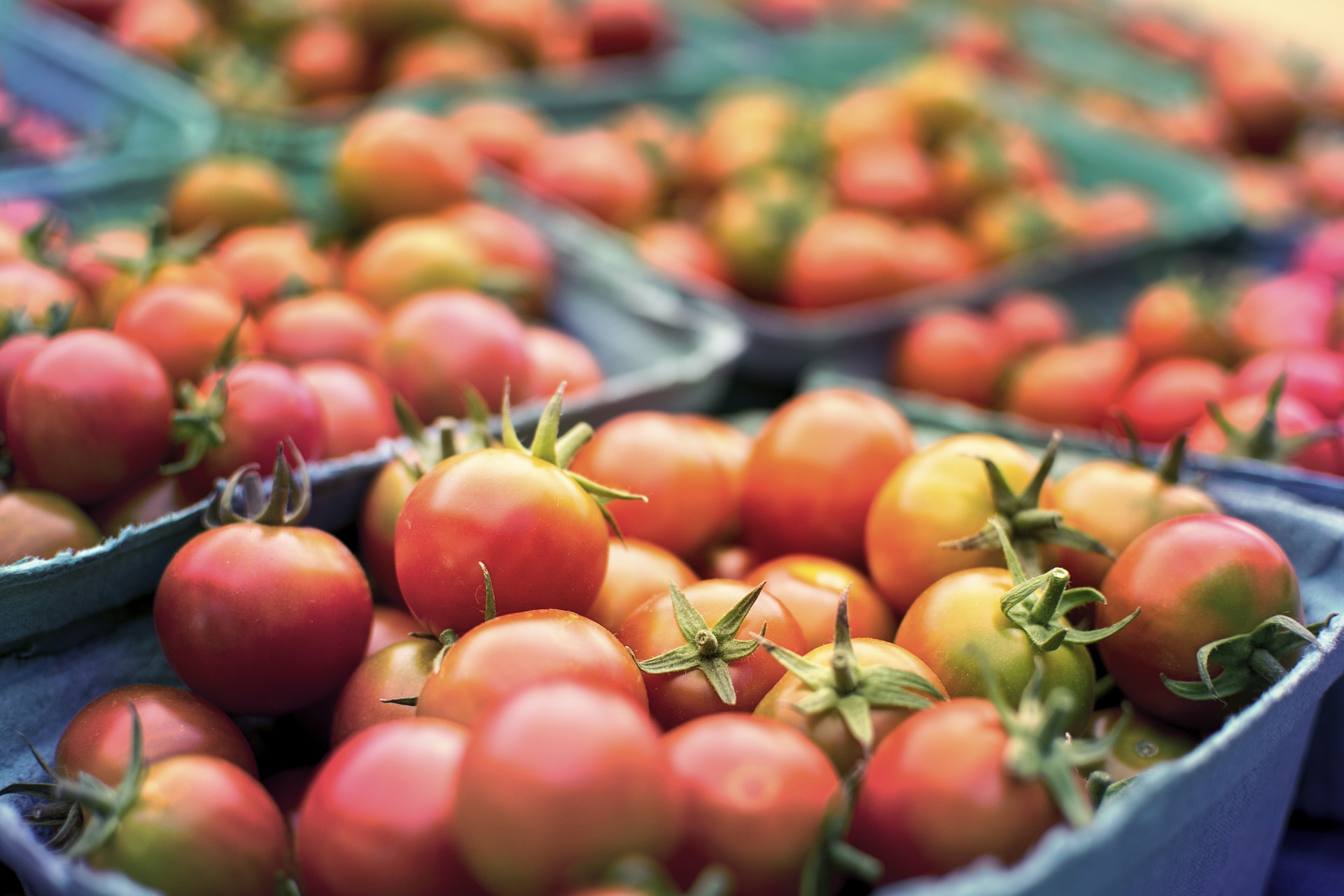Three ways to be more efficient and save money at the grocery store

- Stick to your list– bring your shopping list with you, or if you want, buy your items online and pick them up at the store to save time and money buying what you need.
- Search for coupons- if there is a grocery store you frequently go to, try to become a part of their rewards program and look for sales, coupons, and specials on their website. A loyalty program will save you money in the long term.
- Have a healthy snack– just like it’s not wise to go to a restaurant on an empty stomach (you’ll eat more), it’s also not wise to go to the grocery store on an empty stomach (you’ll buy more).
What to do at the store?

- Compare brands, and try canned or frozen (fruits and veggies last longer when it is frozen) and are often less expensive. For canned items, choose fruit canned in 100% fruit juice and vegetables with “low sodium” or “no salt added” on the label.
- Buy small amounts of fresh veggies and fruits since they don’t last long | Celebrate the season and try some veggies and fruits that are in season; these are usually cheaper. Local farmer’s markets tend to have products in-season and decent prices.
- Mix up your protein- get beans, peas, eggs, canned tuna (in water), and peanut butter – all good protein sources.
- Get whole-grain foods like pasta, bread, and rice. These are inexpensive and make for good side dishes.
- Please keep it simple; remember that pre-cut, pre-washed, and ready-to-eat foods are convenient but cost more.
- Use food labels. For a refresher on how to use food labels, check out this link.
Sample Shopping List

Here are More IDEAS
Produce (Veggies and Fruit)
- Fresh fruit: apples, avocado, blackberries, grapefruit, kiwis, mangoes, oranges, plantains, raspberries, strawberries
- Fresh herbs: basil, cilantro, mint, oregano, parsley, rosemary, thyme
- Fresh vegetables: broccoli, carrots, celery, garlic, ginger, onions, spinach, sweet potatoes, yuca, zucchini
Meat, meat alternatives, and seafood (Protein)
- Firm tofu
- Ground chicken, turkey, or extra-lean (90%+) beef
- Reduced-sodium cold cuts
- Salmon, trout, whiting, anchovies, sardines, shrimp
- Skinless chicken or turkey breast
- Veggie burgers
Dairy, dairy alternatives, and eggs
- Eggs (or egg alternatives)
- Grass-fed butter
- Low-fat cheese
- Low-fat or fat-free cottage cheese
- Low-fat or skim milk (or low-sugar milk alternative)
- Low-fat or fat-free yogurt, Greek yogurt, or skyr (or non-dairy yogurt)
Bread, grains, and cereal
- Brown rice
- Farro
- Low-sugar granola and granola bars
- Popcorn
- Protein bars
- Quinoa
- Sprouted grain bread
- Whole grain cereal
- Whole wheat or whole grain bread, tortillas, pita, and English muffins
- Whole wheat pasta (or legume pasta such as chickpea)
- Wild rice
Give it a try!

Again here is a calorie counter to see how many calories you should eat daily.
https://www.calculator.net/calorie-calculator.html
For recipes, check out MyPlate.gov.
https://www.myplate.gov/myplate-kitchen/recipes
Happy Training!



